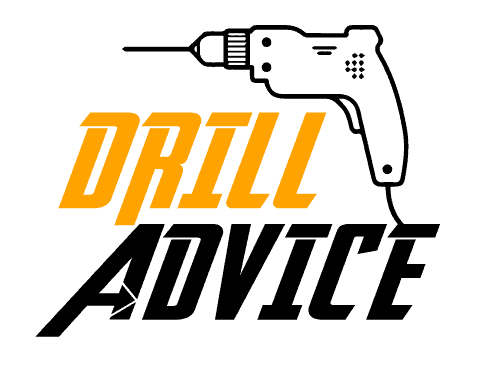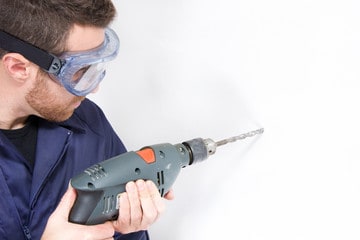The most common circular saw problems are circular saw overheating, producing rough cuts, blade misalignments, motor sparking, saw blade wobbling, making excessive noise, not cutting the right depth, power supply problems, stopping the circular saw while cutting, sticking the circular saw during cutting, not removing dust properly, and unusual vibrations.
Most of the above problems occur due to lack of maintenance, overheating, misuse or abuse of the tool, using low-quality blades in the tool, not cleaning properly, rust and corrosion, faulty power supply, incorrect blade alignments, dull or worn blades, improper storage, dirty or clogged motors, and cutting too hard materials.
In order to prevent these problems, you should do regular circular saw cleaning, proper blade fitting, replace the saw blade on time, select the saw blade properly, oil the circular saw regularly, prevent overheating, protect from rust and corrosion, check the cables and plugs regularly and using the sharp blade for cutting always.
Circular Saw Parts and Their Problems
The main circular saw parts are circular saw motor, blade, trigger baseplate, and bearing. Below are the most common problems in specific part of the circular saw.
- Circular saw motor problems – The circular saw motor problems are suddenly stop working, not starting at the beginning, smoking the motor, sparking the motor, or heating up excessively.
- Circular saw blade problems – Circular saw blade problems arise due dull blade that won’t cut properly, the blade not spinning, and excessive wobbling or vibration.
- Circular saw trigger problems – The circular saw trigger might not function properly causing the saw not to start or stop when needed.
- Circular saw base plate misalignment – The circular saw base plate may be misaligned or bent, causing inaccurate cuts.
- Circular saw bearing wearing – Worn-out bearings can cause the blade to wobble or create a loud noise when the saw is running.
What are the Common 4 Problems in Circular Saws?
1. Why is Circular Saw Nor Start?
What are the reasons for not starting a circular saw?
- The circular saw power cord is not plugged in
- The circular saw power source fuse or circuit breaker tripped
- The circular saw power cord was damaged
- The Circular saw power switch burned out
- Circular saw rigger does not turn on
What are the solutions for not starting a circular saw?
- Plug the circular saw properly into the power source
- Replace the fuse or reset tripped circuit breaker in the saw
- Inspect circular saw cord for damage. You should replace the cord if it is damaged
- Replace the power switch using an Authorized Service Station.
2. Why Does Circular Saw Blade Not Come Up to Speed?
What are the reasons for not speed up the circular saw blade?
- The Circular saw power extension cord too long
- Low house voltage
What are the solutions for not speed up the circular saw blade?
- Replace the circular saw power cord with the recommended diameters and lengths.
- .Contact your electric company.
3. Why Does a Circular Saw Vibrate?
What are the reasons for vibrating the circular saw?
- The Circular saw blade is out of balance.
- The workpiece is not clamped or supported properly.
What are the solutions for vibrating the circular saw?
- Replace the old circular saw blade with a brand-new one
- Clamp or support the workpiece tightly before sawing using a circular saw
4. Why Does Circular Saw Kickback?
What are the reasons for circular saw kickback?
- Dull blade in the circular saw
- Misaligned circular saw blade
- Sagging or improper lifting of the cut-off piece
- Dirty circular saw blade
- Cutting off a cantilevered or overhanging piece of material from the bottom up in a vertical direction
- Cutting off long, narrow strips
- Cutting through material supported at the outer ends
What are the solutions for circular saw kickback?
- Use a proper circular saw blade with high-quality.
- Use proper supporting to the workpiece.
These are the common 3 circular saw problems such as,
- 8 Reasons for Circular Saw Burning Wood
- Why is My Circular Saw Sparking? – How I Fixed It!
- Circular Saw not Cutting Straight: Fixed!
How to Minimize Circular Saw Problems?
Circular saw problems can arise over time due to wear, misuse or lack of maintenance. It is essential to know how to minimize these problems to ensure your circular saw remains efficient and safe to use. You can minimize the circular saw problems by following the below steps.
- Regularly clean the circular saw.
- Properly fit the circular saw.
- Regular replace the circular saw blade
- Select the circular saw blade properly.
- Proper oil the circular saw.
- Using appropriate power supply on a circular saw.
- Prevent circular saw overheating.
- Protect circular saw and blade from rust and corrosion.

